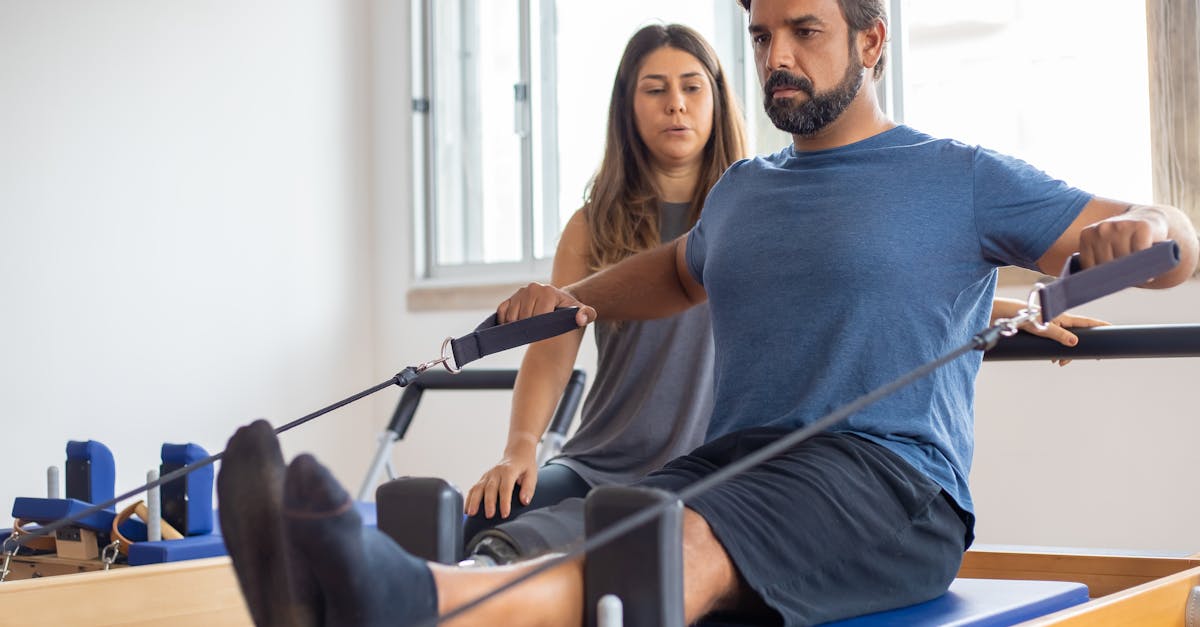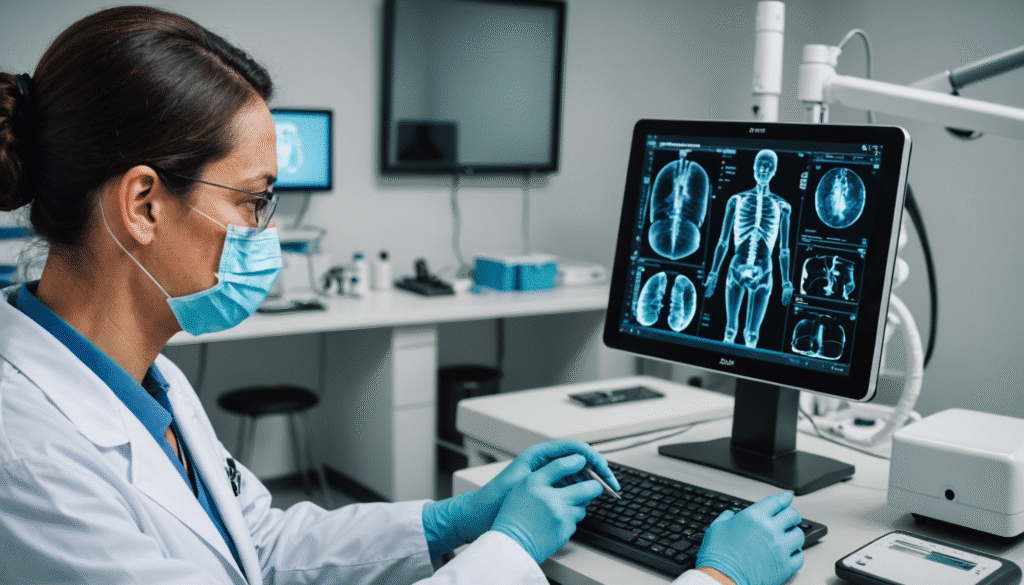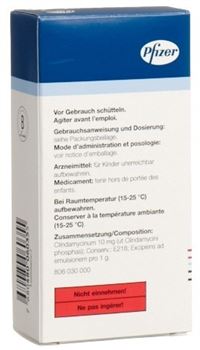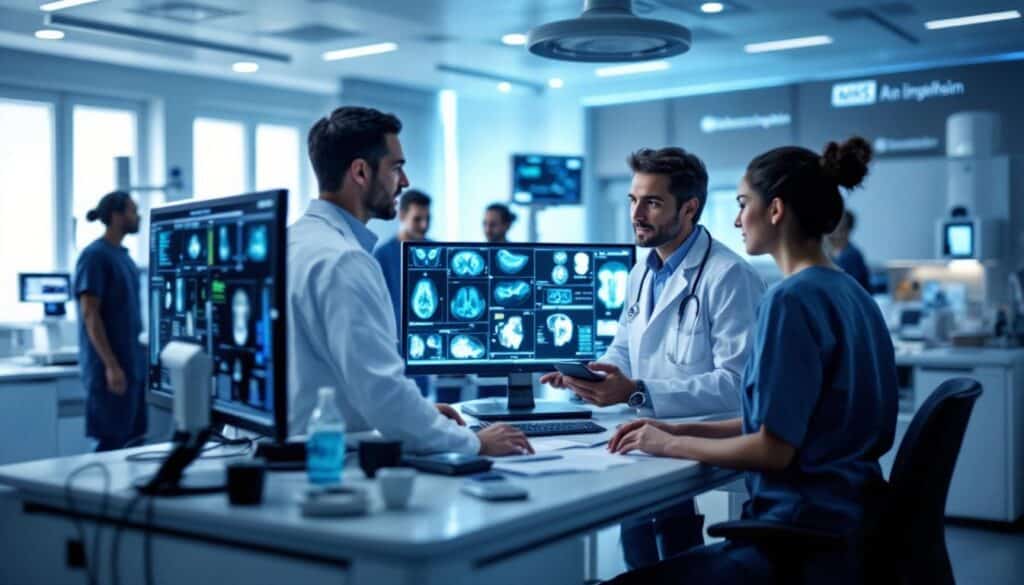Recent advances in post-operative rehabilitation in orthopedics have led to the development of innovative methodologies aimed at optimizing the recovery patients after surgical procedures. Among these approaches, the improved rehabilitation after surgery (RAAC) stands out for its integration into the care pathway, promoting early mobilization and active patient involvement. These programs target in particular pain management through pain management techniques.multimodal analgesia, THE stimulation of intestinal transit and theencouraging rapid refeeding. This method promises not only to reduce hospitalization times, but also to improve the patient’s functional autonomy, making this post-operative period more efficient and less traumatic.
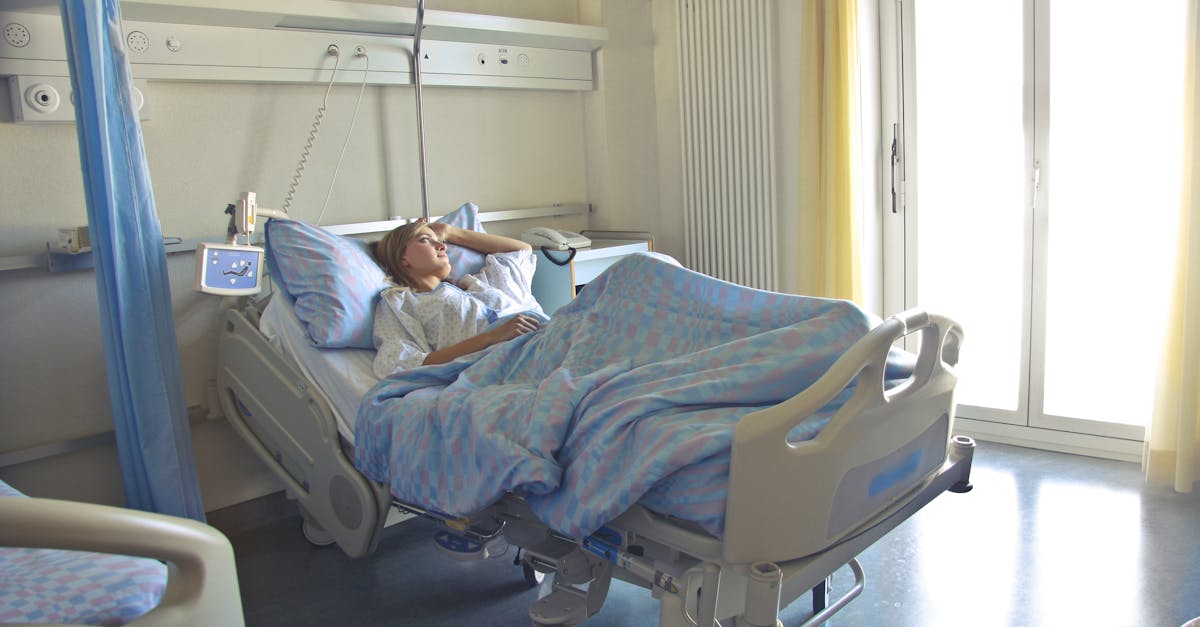
Post-operative rehabilitation in orthopedics has undergone a significant transformation thanks to the adoption of new approaches that aim to optimize the care pathway for patients after surgery. These methods, often grouped under the acronym RAAC for Improved Rehabilitation After Surgery, are based on innovative principles that actively engage patients in their healing process. The main objective of these techniques is to promote a rapid and effective recovery, while minimizing post-surgical complications.
The RAAC is based on several fundamental pillars. First of all, themultimodal analgesia is crucial for pain management after surgery. Through this approach, different classes of analgesics are used in a complementary manner to control pain, thereby reducing opioid consumption and improving patient comfort during recovery.
Then, the stimulation of intestinal transit is a key element in rehabilitation protocols, particularly for abdominal surgeries. Through specific techniques, doctors encourage a return to normal intestinal motility, which helps reduce complications such as postoperative ileus and promotes faster recovery.
Another innovative aspect is the early refeeding of the patient, which consists of reintroducing solid and liquid foods as soon as possible after the operation. This method not only improves patient comfort, but it also helps maintain good nutrition, which is essential for healing.
Early mobilization is also a central principle of the RAAC. Patients are encouraged to get up and move around as soon as they return to their room after surgery. Active mobilization helps prevent complications such as deep vein thrombosis (DVT) and lung infections, while quickly strengthening the patient’s functional abilities.
Another critical point in rehabilitation is the involvement of the patient in their own care. Through education and communication, patients better understand their care journey, which promotes greater adherence to rehabilitation protocols. By being informed, they become active participants in their healing.
Generally speaking, the improved rehabilitation after surgery is designed on a patient-oriented model, which takes into account their needs, fears and expectations. This includes not only traditional medical monitoring, but also initiatives to improve the psychological well-being of patients after the operation. Psychological support can make a significant difference in the recovery process.
On a logistical level, the implementation of RAAC requires effective coordination between the different healthcare players, in particular surgeons, nurses, physiotherapists and nutritionists. This multidisciplinary approach proves to be a major asset in guaranteeing comprehensive and transparent care, allowing patients to benefit from consistent care adapted to their needs.
Advances in medical technology have also played a leading role in optimizing post-operative rehabilitation methods. Many modern medical devices, such as robotic assistance and improvements in minimally invasive surgery, offer significant benefits, including reducing pain and recovery times. These technologies enable early mobility, which is beneficial to the patient’s overall recovery.
The benefits of these new methods are not limited only to improving clinical results. Reducing hospital stays also has significant financial implications for health systems. By optimizing care and accelerating recovery, hospitals see reduced costs associated with complications and longer stays. The implementation of enhanced recovery programs after surgery is therefore not only beneficial for patients, but it also constitutes an economically viable approach for healthcare establishments.
In order to guarantee the effectiveness of these methods, it is essential to develop standardized protocols for each type of surgery. Clinical trials and follow-up studies should be conducted to continually evaluate the impact of RAAC programs and adjust practices accordingly. This includes continuity of care after hospital discharge, where follow-up by healthcare professionals plays an essential role in the success of rehabilitation.
Beyond the immediate fields of application in orthopedic surgery, the principles of RAAC can also be adapted to other surgical specialties, thus broadening their scope and impact. This innovative approach places the patient and their well-being at the heart of postoperative care, with an approach that values collaboration, education and technology.
To delve deeper into the subject of technical advances in orthopedics and new rehabilitation methodologies, several resources and publications can be consulted. For example, the article on advances in joint replacement surgery offers valuable information on current developments. In addition, the list of medtech-de-2025/”>unmissable MedTech conferences offers an overview of emerging trends in healthcare, particularly as they relate to innovative technologies.
Finally, the question of medical innovation is at the center of current debates, with growing interest in new technologies in the service of health. Advances in rehabilitation and postoperative care are part of a dynamic where the patient is at the center of concerns, with the hope of offering an improved quality of life to all individuals who cross the path of orthopedic surgery.
In this context, it is imperative to continue to evaluate and improve care practices to meet the dynamic needs of patients in the postoperative phase. The adoption of these new methods and the commitment of health stakeholders to integrate them into their daily practice will be decisive in propelling the field of post-operative rehabilitation in orthopedics to new heights of efficiency and humanity.

Enhanced rehabilitation after surgery (ERAAC) represents a significant advance in the orthopedic field. It is designed to promote rapid and effective recovery of patients after surgery, by placing the patient at the center of their healing process. By integrating innovative techniques and a multidisciplinary approach, RAAC optimizes the patient care pathway, thus reducing complications and accelerating the return to autonomy.
Patient-centered approach
The key to the improved rehabilitation after surgery is the active involvement of the patient in their care pathway. This begins in the preoperative phase, where the patient is informed of the upcoming steps and the goals of rehabilitation. This personalized approach helps strengthen the patient’s motivation, which is essential for their engagement in the rehabilitation process.
Multimodal analgesia
Pain management is crucial for rapid recovery. L’multimodal analgesia is an effective method to control post-operative pain by combining different types of analgesic medications. This protocol reduces the side effects associated with single treatments and significantly improves patient comfort during convalescence.
Stimulation of intestinal transit
In abdominal surgery, one of the major concerns concerns the recovery of intestinal transit. Early stimulation of intestinal motility is essential to prevent gastrointestinal complications, which can prolong hospital stay. Specific techniques, such as encouraging early mobilization, are integrated into clinical practice to promote a rapid return to a normal diet.
Early refeeding
It is fundamental to offer a early refeeding after surgery. This involves allowing patients to ingest food and fluids as soon as clinically appropriate. Early nutrition greatly contributes to the return of energy and the reduction of complications, such as malnutrition syndrome, which can set in after an operation.
Early mobilization
Encourage a early mobilization is a fundamental strategy under the RAAC. Upon returning to the room, patients are encouraged to get up and move around, which helps improve blood circulation and prevent thrombotic complications. Early mobilization also promotes the patient’s psychological well-being, reducing the risk of post-surgical depression.
Validation of exit criteria
A protocol of validation of exit criteria clear helps ensure the patient is ready to leave the hospital. This includes the assessment of functional autonomy, pain management, and the absence of complications. Premature discharge can lead to rehospitalizations, whereas well-defined discharge criteria support a successful transition home.
Importance of post-operative follow-up
Regular follow-up after surgery is essential to monitor the progress of rehabilitation. A post-operative follow-up Effective treatment, which includes medical consultations and physiotherapy sessions, ensures that rehabilitation goals are achieved. This monitoring also ensures the early identification of possible complications, which is crucial for optimal recovery.

